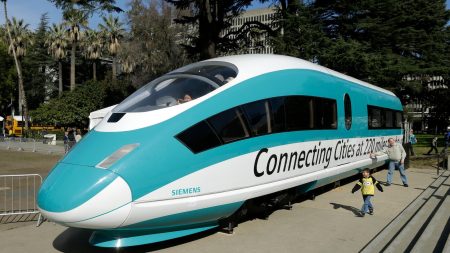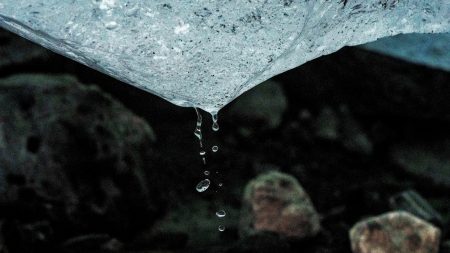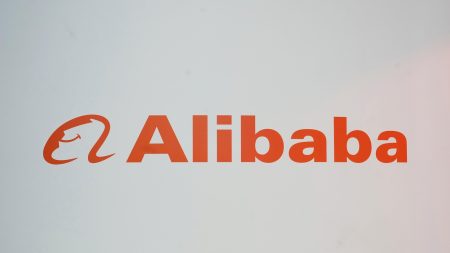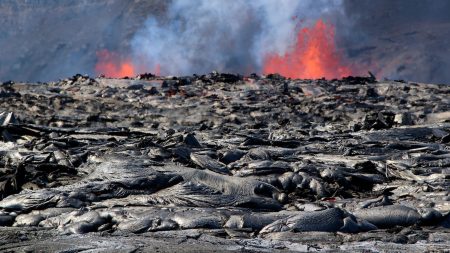Introduction to the EONIOS Project: A Revolutionary Approach to Marine Conservation
In the vibrant coastal town of Ayia Napa, Cyprus, a groundbreaking initiative is underway to transform the way we monitor and protect marine ecosystems. The EONIOS project, a collaborative effort between the Cyprus Marine and Maritime Institute (CMMI), French AUV manufacturer Arkeocean, Cypriot tech company SignalGeneriX, and French consultancy Lanego, aims to deploy a swarm of small, autonomous underwater vehicles (AUVs) to safeguard artificial reefs. These reefs, designed to attract marine life to barren underwater areas, are a critical component of this innovative project. Equipped with advanced sensors and high-definition cameras, the AUVs will provide scientists with valuable insights into the effectiveness of these reefs while also protecting them from threats such as illegal fishing and encroaching boats.
Artificial Reefs and the Role of AUVs in Monitoring and Protection
At the heart of the EONIOS project are the artificial reefs, constructed using a unique, environmentally friendly cement mixture. These reefs are not just passive structures; they are equipped with docking stations that serve as recharge points for the AUVs. The AUVs, hailed as the "future of underwater surveillance," are capable of operating independently for up to a month at a time, providing a continuous flow of data. This data, which includes video footage and sensor readings, is transmitted back to scientists at the CMMI, enabling them to monitor the health of the reefs and the surrounding marine life. Perhaps even more importantly, the AUVs act as sentinels, alerting scientists to any disturbances in the protected waters, such as illegal fishing activities or unauthorized boat traffic. This real-time monitoring system allows for swift action to be taken, with scientists notifying local authorities as needed.
A Collaborative Effort: Partnering for Innovation
The EONIOS project is a testament to the power of collaboration in driving innovation. The partnership brings together experts from various fields, combining the marine conservation expertise of the CMMI with the technological prowess of Arkeocean, SignalGeneriX, and Lanego. This collaboration has resulted in a system that is not only effective but also scalable, with plans to market the EONIOS solution to other countries looking to enhance their marine ecosystems. The artificial reefs, designed and constructed using cutting-edge 3D printing technology, are tailored to attract a diverse range of marine life, from vegetation to large fish. This is particularly significant for regions like Cyprus, where the seabed is often barren and lacking in the resources needed to sustain a vibrant marine ecosystem.
Cost-Effective Innovation: Revolutionizing Underwater Surveillance
One of the key advantages of the EONIOS system is its cost-effectiveness. Traditional underwater surveillance methods often rely on tethered submersibles, which can be expensive and limiting in their capabilities. In contrast, the AUVs used in the EONIOS project offer a more affordable and flexible solution. According to Tamara Brizard, an official from Arkeocean, the goal is to create a system where six mini-drones can perform the same tasks as a single conventional drone, at a fraction of the cost. This approach not only makes advanced underwater surveillance more accessible but also enables widespread deployment, allowing for more comprehensive monitoring of marine environments. The AUVs’ ability to operate in stealth mode, thanks to their battery-powered thrusters, further enhances their effectiveness in protecting sensitive areas without being detected by unauthorized parties.
Beyond Marine Conservation: The Broader Applications of AUV Technology
While the EONIOS project is primarily focused on marine conservation, the potential applications of the AUV technology extend far beyond this scope. The AUVs, capable of operating at depths of up to 300 meters (with newer models being developed to reach 3,000 meters), can be used in a variety of fields, including defense, energy exploration, and environmental monitoring. In the energy sector, for example, these submersibles could play a crucial role in detecting seismic activity for offshore oil and gas exploration, as well as identifying suitable locations for the construction of offshore wind and solar farms. Additionally, their ability to navigate using undersea currents allows them to extend their battery life, making them even more versatile for long-term deployments. With their global reach enabled by Iridium satellite antennas, the AUVs can be deployed anywhere in the world, offering a robust solution for a wide range of underwater challenges.
The Future of the EONIOS Project: Expanding Horizons
As the EONIOS project continues to evolve, its implications for marine conservation and beyond are immense. The artificial reefs, combined with the advanced surveillance capabilities of the AUVs, offer a powerful tool in the fight to restore and protect marine ecosystems. By attracting marine life to areas that were once barren, these reefs have the potential to boost fish stocks, supporting both the environment and local fishing industries. The partnership behind EONIOS is already looking to the future, with plans to market this innovative system to other countries facing similar challenges. As the project progresses, it will undoubtedly serve as a model for sustainable marine conservation efforts worldwide, demonstrating the transformative power of collaboration and cutting-edge technology. The EONIOS project is not just a step forward in marine conservation; it is a leap into a future where technology and nature work hand in hand to create a more sustainable world.















